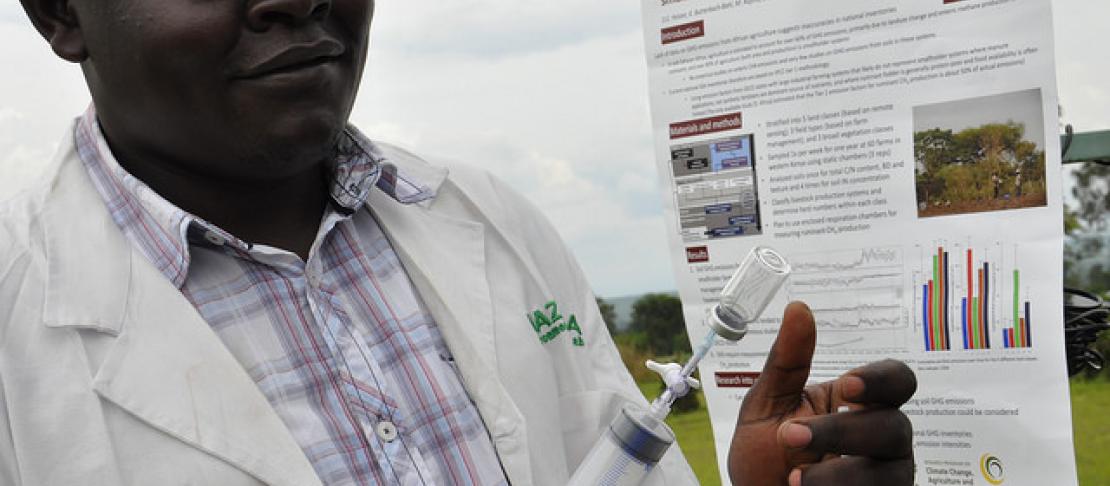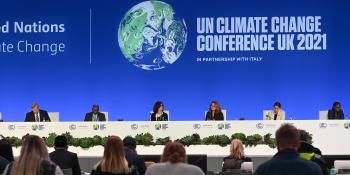How can agriculture help achieve the 2-degree C climate change target?

How, and how much, can agriculture mitigate, while increasing food supplies by 50% by 2050 to feed the projected population of 9 billion people?
Agriculture contributes 10-12% of global greenhouse gas emissions and is the major source of emissions for many developing countries. At least 116 countries have included mitigation in agriculture in their INDCs to be negotiated at UNFCCC COP21.
But how much can agriculture mitigate while also increasing food supplies by 50% by 2050 to feed the projected population of 9 to 10 billion people?
Experts from twenty organizations, including the World Bank, CCAFS, CSIRO, FAO, IIASA, INRA, the New Zealand Agricultural Greenhouse Gas Research Center, six CGIAR centers (CIAT, CIFOR, CIMMYT, ICRAF, ILRI, IRRI) and several universities and research institutes, have collaborated to produce a preliminary aspirational goal for mitigation in agriculture for 2030 based on the best scientific data available. The preliminary analysis indicates that current agronomic interventions compatible with food production would achieve less than a fifth of needed mitigation from agriculture. Massive innovation and adoption by farmers is critical.
The World Bank and CCAFS (ccafs.cgiar.org) hosted a seminar on November 2 in Washington, DC to raise awareness of mitigation efforts needed in agriculture and identify concrete ways forward.
Leading scientists presented current research and activities that can help the globe deliver food security while reducing emissions. Click on the links below to see their presentations.
Rethinking livestock production and diets, Pierre Gerber, Senior Livestock Specialist, World Bank
Transforming cereal crop production, Martin Kropff, Director General, International Maize and Wheat Improvement Center (CIMMYT)
Frontiers in mitigation, Steven Shafer, Associate Administrator, Agricultural Research Service, United States Department of Agriculture (USDA)
Additional presentations and discussion topics included:
- How can agriculture help achieve the 2-degree C climate change limit? (Lini Wollenberg, CCAFS, University of Vermont)
- Considerations for achieving a target
- Investing in food security (Rob Bertram, USAID)
- Adaptation strategies for farmers (Ann Tutwiler, Bioversity International)
- Feasibility of low emissions development in agriculture (Tim Searchinger, WRI, Princeton University)
- Discussion and facilitation (Marc Sadler, World Bank)
- Concluding remarks (Ruben Echeverría, CIAT)
For more information, please contact Julianna White (CCAFS) at julianna.m.white@uvm.edu.


